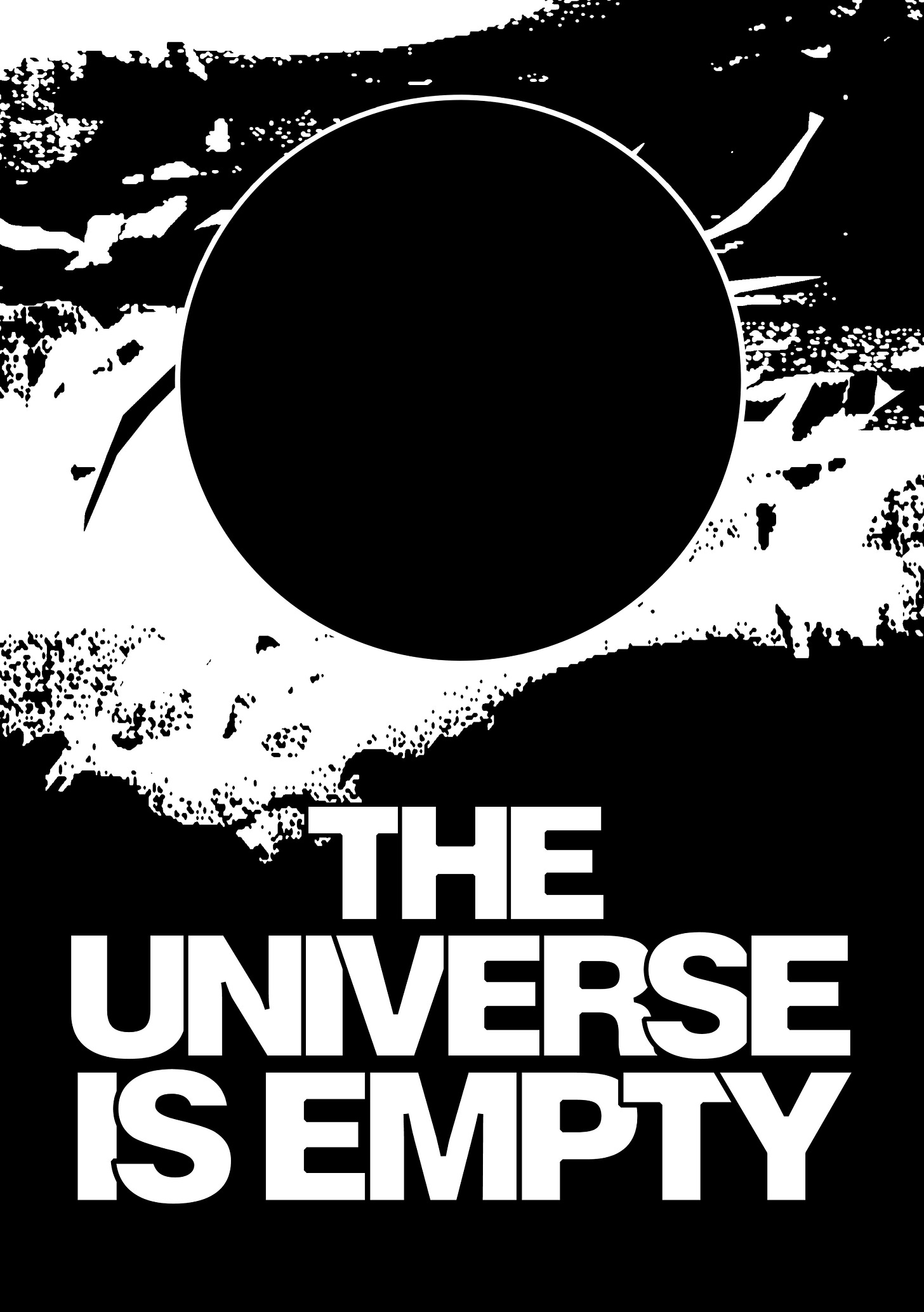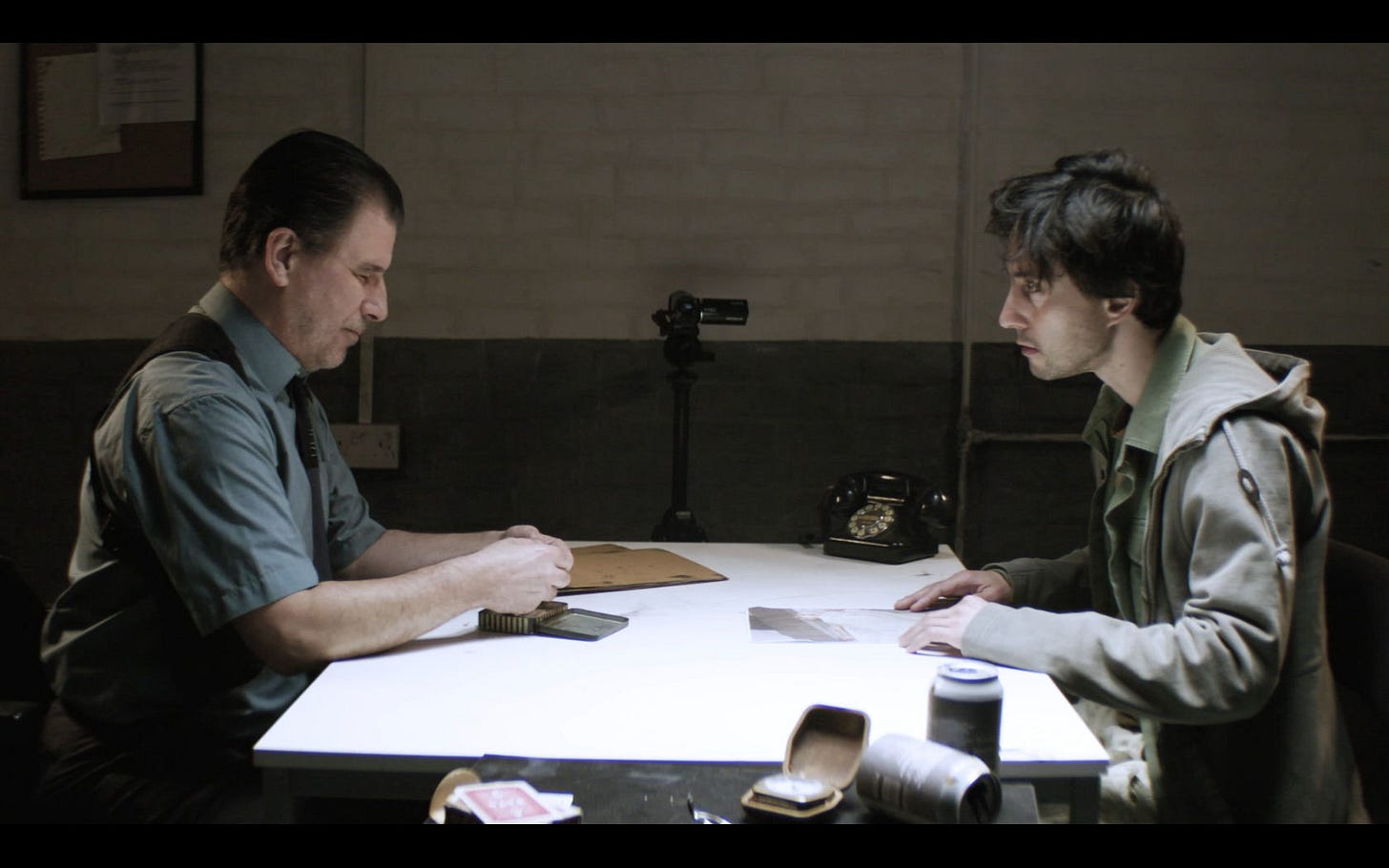It’s All God, Man
Seeking the Holy Spirit in the Cultural Swamp of Corporate Media this Christ-Mass
Original art by Michelle Horsley
“Philosophy begins when we, unlike most of those around us in ordinary life, are sufficiently dissatisfied with leaving things unquestioned, as most do, that we first think, and then write what we have thought. We write, then, to justify our decision to have indulged the impulse to alleviate our original dissatisfaction. . . . It follows, as it were, that the philosophical life cannot be the ultimate aim of life. The good life—the best, the highest, the most noble, the truest, call it what you will—must at once respect man’s simultaneous needs for solitude and community. It cannot be thought, or writing out our thoughts, that brings about this desired unity in singularity. Only the life that is hidden in Christ can.” —Steven DeLay, This Present World: Aphorisms for Knowing God
First up, the context.
Why write another substack essay—and what should I write about?
The factors.
First and foremost, all fruit at the fruit stand should be fresh.
Subjects discussed need to be present, and easily accounted for—in my life.
This implies a congruence between what’s on your screen right now and what was on my mind—and in my soul—at the time of writing this (which is right now for me, but “back then” for you).
It should be a live broadcast from my psyche to yours. Only so can there be a transmission. Also known as the Holy Spirit.
So what’s on my mind/in my soul?
The falling numbers of paying subscribers (-9 in last 30 days, according to my substack nagger).1
The related question of how (and why) short, shallow content appeals more than long-deep content.
The Light of Dead Stars ongoing film project.
And lastly, the main subject of today’s article, as summed up in the subtitle above.
With which I will attempt to tie all of these strands together in what follows.
Dissident Films? Fat Chance!
At “A list of dissident films: Part 2” by Neoliberal Feudalism, I wrote a long comment that included the following points:
Is there a correlation between dissident films and bad movies? B-movies like They Live, Videodrome, God Told Me To, or Dark City can be called subversive/dissident (debatable), yet all, to varying degrees, are extremely flawed movies.
Is there a correlation between crap art and the opposite of dissidence, if bad movies lower our intelligence, and—by the same token—couple dissident themes and concepts with poorly represented, unconvincing, and/or ludicrous treatments? (The X-Files did little to “raise awareness” of government corruption or demonic infiltration, only popularized these ideas and added a wing to the second matrix of conspiratainment; at worst, it spiced up the genre of pulp-fiction with a dab of reality.)
A list of truly dissident movies would have to be extremely short. It could only include:
a) Films with genuinely dissident themes, which would exclude movies that show “the system is corrupt,” since “black-pilling” is all part of the Hollywood psyop of controlled demoralization. True dissidence would have to extend to some sort of genuine spiritual or natural alternative.
b) Films made with skill, dedication, humanity, and love, so the effect of watching them is both aesthetically uplifting and deepens our capacity for understanding, discernment, and compassion (without being mawkish).
c) Films that are not, in general, Hollywood (or other national institution) productions, with major stars or production members, since this entails a green light from the organized crime/intelligence networks that control such institutions.
d) Films not especially popular or influential, since this would require that the above factions at least distribute them, if not promote them; even allowing for a grass-roots, word-of-mouth “cult movie,” its success inevitably means the larger culture has found it compatible enough to assimilate it.
Needless to say, these criteria leave almost nothing: artful works with dissident themes and a natural-spiritual subtext that are made mostly outside the system, and that most of us have never heard of. Good luck.
But is there a loophole in this seemingly impenetrable wall of psyop?
Wither Goeth the Spirit
“The wind bloweth where it listeth, and thou hearest the sound thereof, but canst not tell whence it cometh, and whither it goeth: so is every one that is born of the Spirit.”—John 3:8
The idea of writing about the Holy Spirit in mass media occurred to me when I recently re-watched the first episode of Luck, a discontinued HBO show by David Milch and Michael Mann, starring Dustin Hoffman.2 Both my wife and I were struck, once again, by the unusual quality of the show. When my wife asked how I accounted for it, I said simply, “Transmission.”
Admittedly, this is something that appears quite subjective. At least, it is subjective insofar as the “transmission” (a term Dave Oshana uses as a secular equivalent to the Holy Spirit) is not “frozen” within works of media (which would include the Bible) but exists in the space between individual consciousness and the work in question.
This mysterious vesica piscis, where individual consciousness interfaces with communal artifact, is the place of the Spirit.
Nonetheless, it seems necessary to suppose that few artifacts possess the qualities required to cause such a response in our consciousness. By the same token, individual consciousness that interfaces with communal artifact must also be possessed of a perhaps equally rare quality of discernment and appreciation, in order to have the right response.
Only thus is there a marriage of perception, of soul-frequencies, when the perfect signal meets the perfect recipient, and the transmission happens.3
Loving into Being
“Blessed are the cheesemakers.” —Life of Brian
An even more striking example for my wife and I was the British film and series This is England, by Shane Meadows, which affected us both so deeply that it stands almost alone in my viewing experience. A simple way to describe that experience will not sound very original: it was as if the characters came alive and became actual people to us, people we knew and loved (as was true, undoubtedly, for Meadows, who based the series on his own life).4
The quality of attention that allows for—or corresponds with—the transmission of the Holy Spirit has to do with a deeply felt sense of affection, both for and between the characters, within a fictional setting. Story and characters are fictional, but the love is real.
This love begins (I can only deduce) with the writer(s) for his or her creations, then extends to the actors as they embody the characters, and the director and other crew members who create the environment for the scenes and the characters to come to life within. Lastly, it extends to the audience, who embrace the fictional world and the characters that inhabit it, as fully as this creative process of loving something into being allows for.
The profane aspect of this affective process is parasocial infatuation and fandom, an unhealthy fixation on make-believe characters and stories, and on celebrities and artists we will never know. The reason I have been so reluctant to write about more positive experiences of pop culture in recent years is because, to do so risks feeding this mass infatuation with fantasy, and with the culture that generates it.
Yet—it occurs to me that, until I am willing to pay service to—to name, identify, and give credit to—the real cheese inside the trap of culture, then we/I will be forever caught going back into the same trap for more crumbs.
Instead of learning to make our own cheese. Or at the very least, finding it in less compromising places.
All of this—all of life, perhaps?—comes down to discerning the difference between Objective Truth and subjective taste, or what something is vs. what we would prefer it to be. The ultimate aim is of making the two congruent, compatible, and finally one and the same.
Objective Truth relates to the transmission of the soul, or the Holy Spirit: is it present and to what degree is it present in what we do?
Subjective taste relates to our ability to discern, appreciate, and align with the above awareness.
The median between these two standards is—“what works.” Does the part serve to further the whole?
Light of Dead Stars: A Hollywood Microcosm
This year, I funded a short film based on a script I wrote in 2012 called The Light of Dead Stars (synopsis here). The idea was to create a “proof of world” short that would be both a self-contained film and a preview or teaser to generate interest/raise funds for a full feature later on.
The film was shot over the 2024 Easter weekend, with a cast I assembled online, a skeleton crew (including my niece), and a young director and cinematographer, also recruited online. No one got paid and the £2000 budget was only to cover the costs. The shoot was fun but frustrating, a steep learning curve, regarding the necessity of compromise in filmmaking.
This was somewhat inevitable. Once I had found a director and agreed to let him be the sole director (we discussed co-directing but he didn’t seem keen), I resolved to be as relaxed and non-imposer-like as possible, to err on the side of laissez-faire rather than control freakery.
Because of my awareness that it is ultimately only the quality of soul which the creative experience is imbued with that matters.
(Over the Paywall: The inside scoop on LODS; what “art” “is”; finding the soul in the story; a short list of transmission-suffused entertainments)








